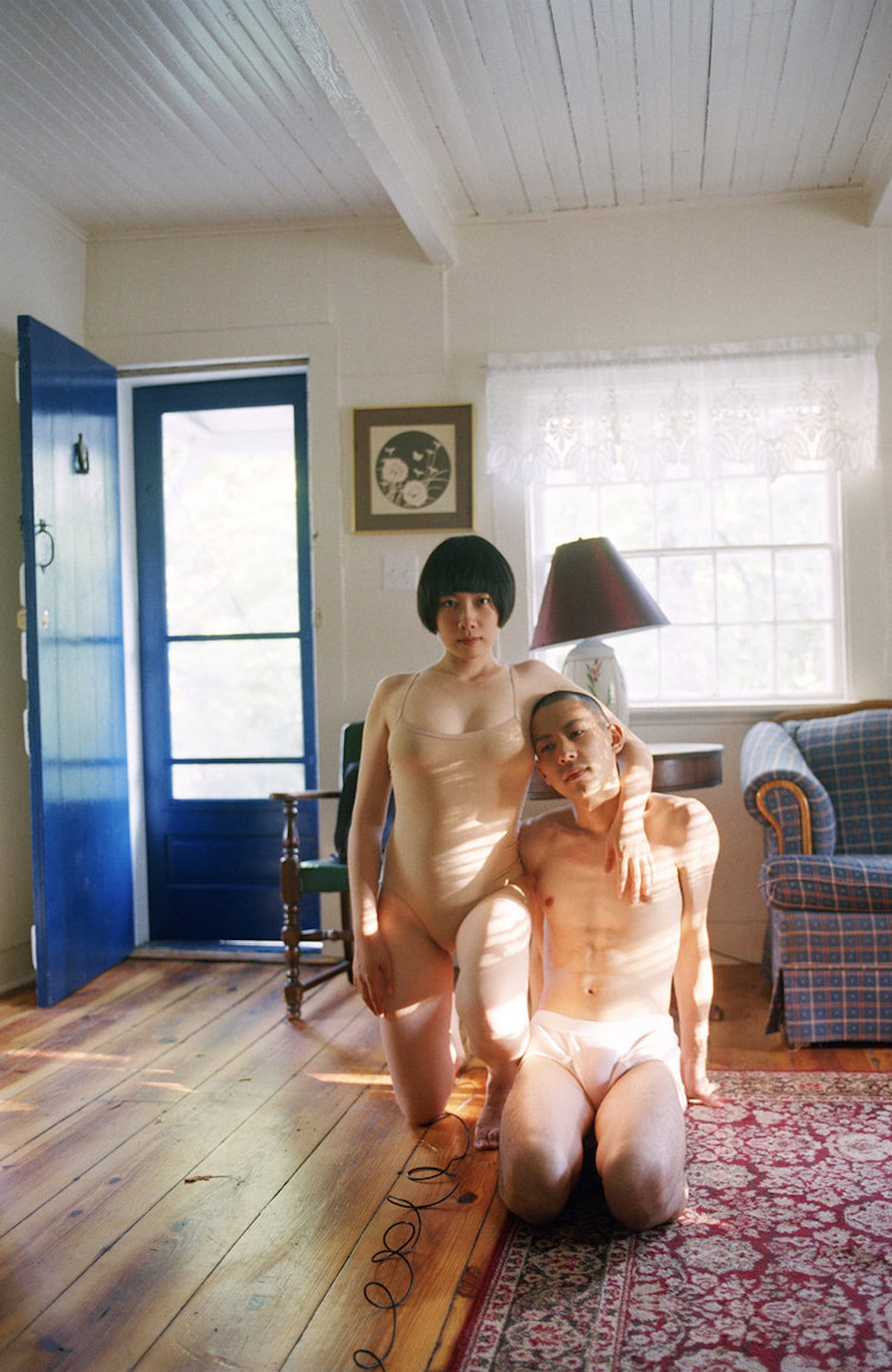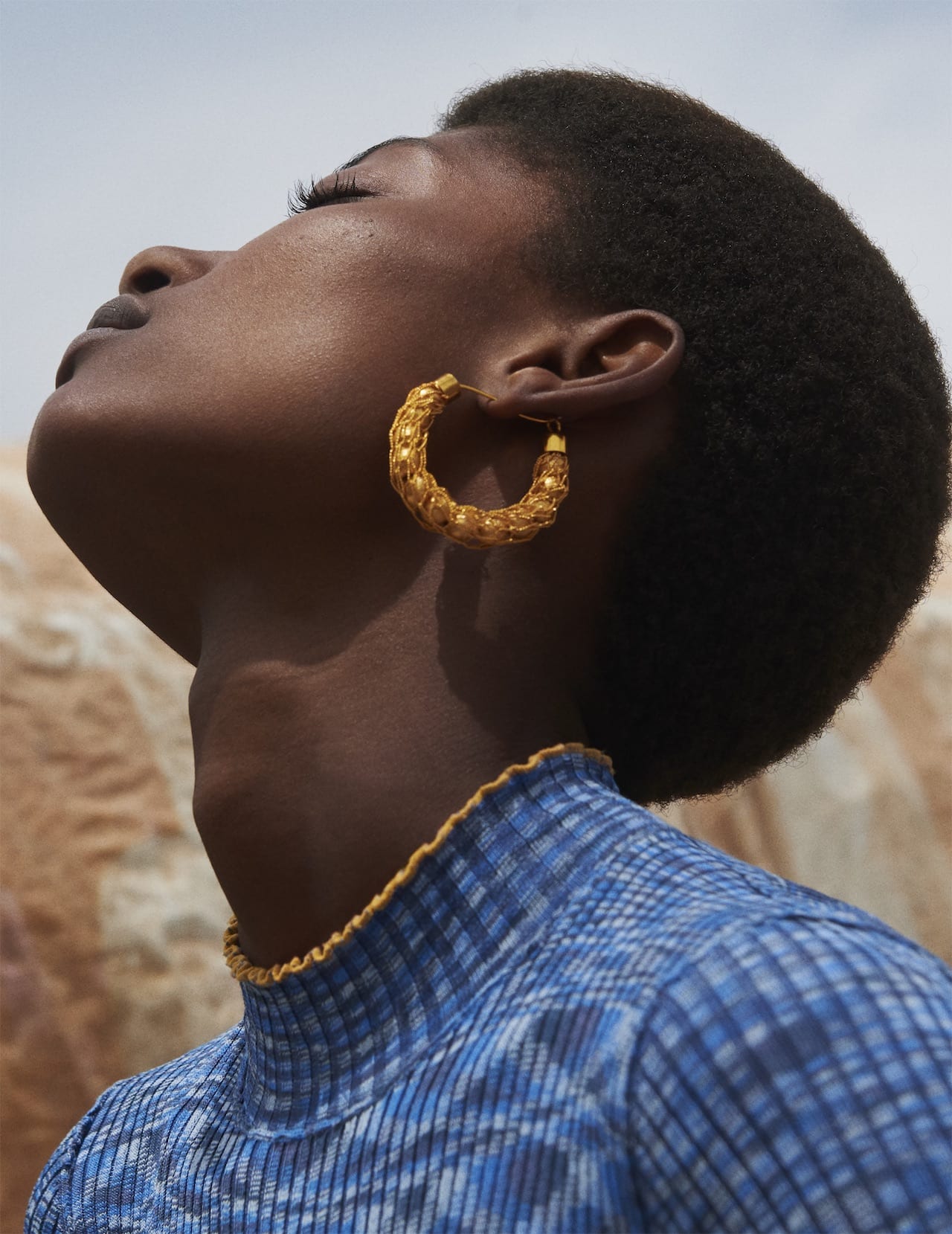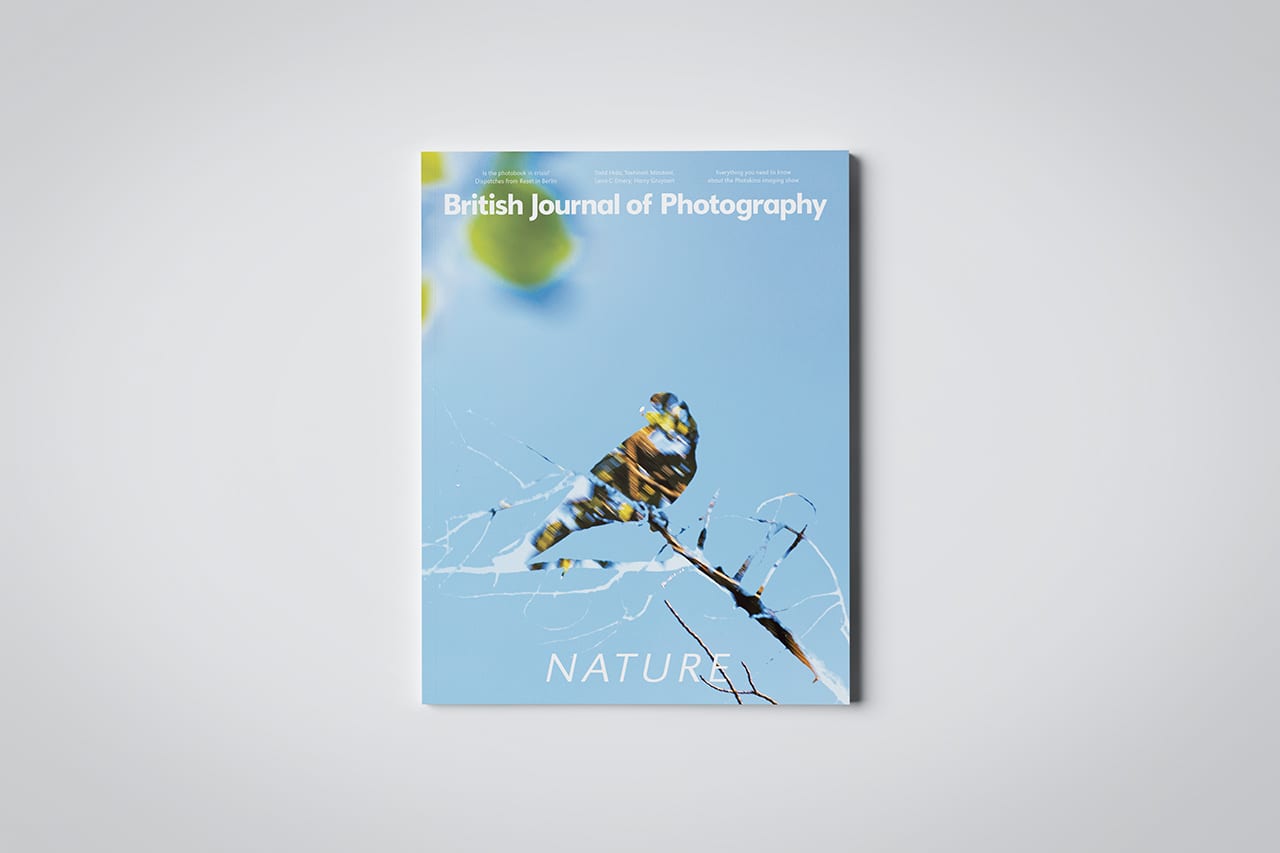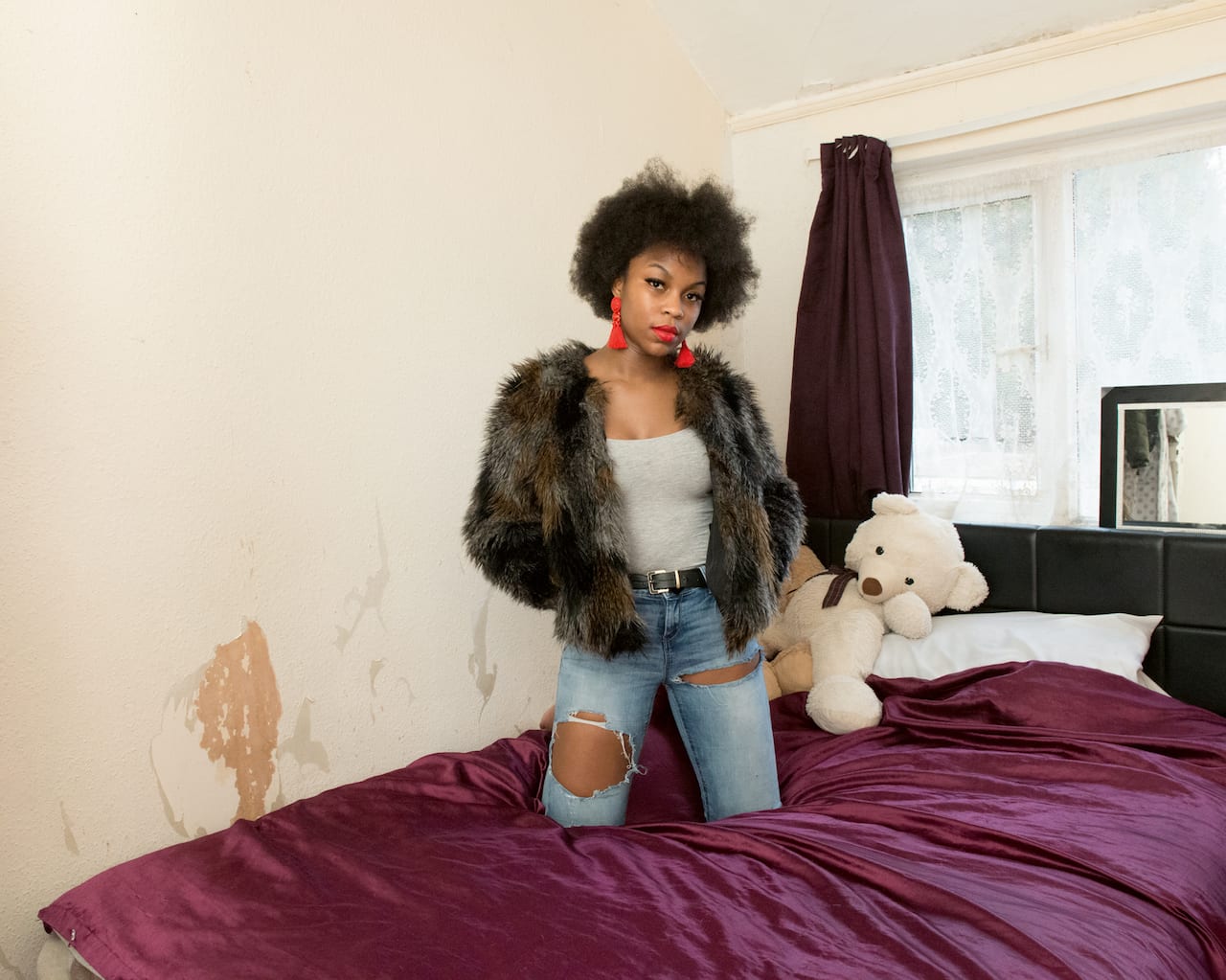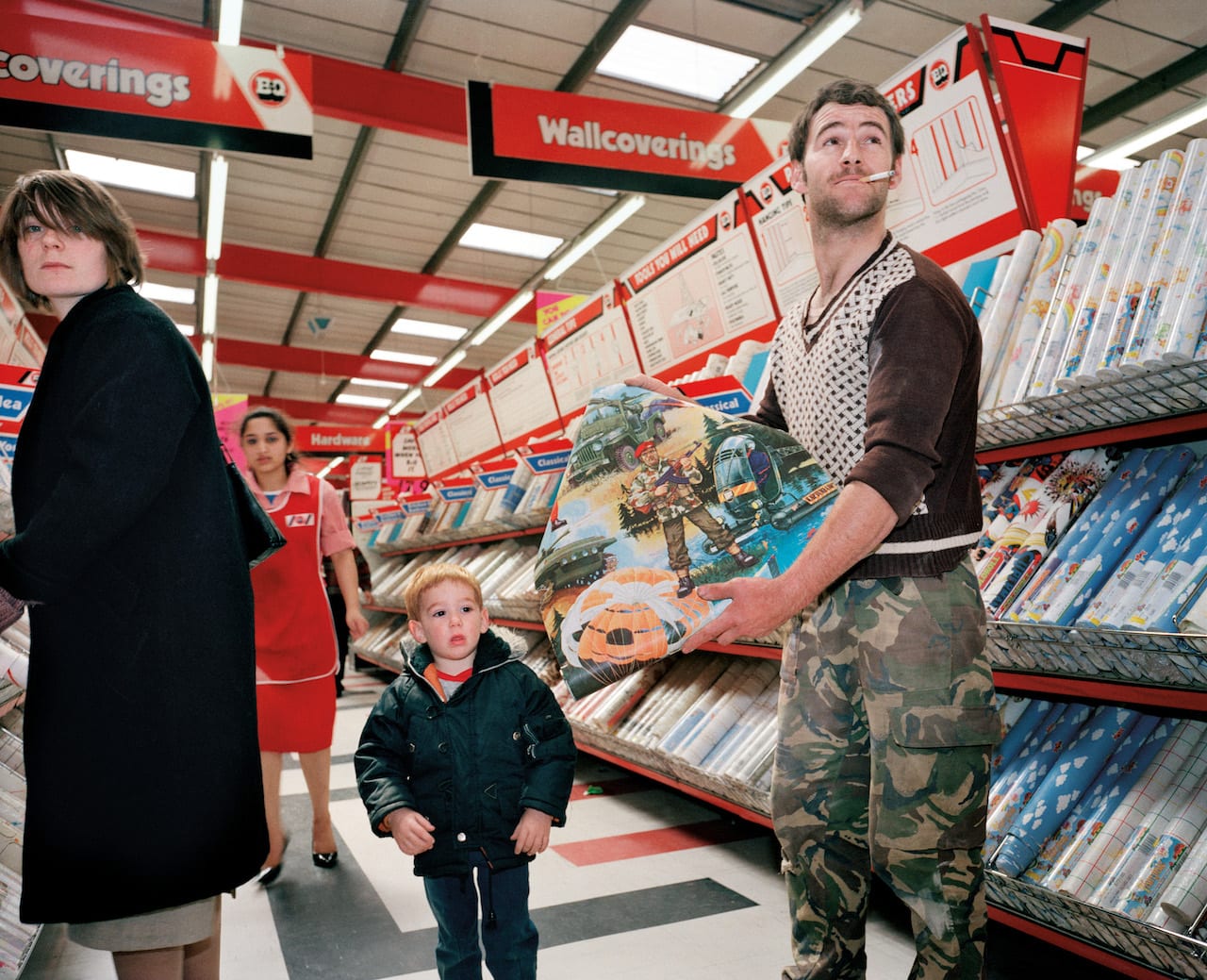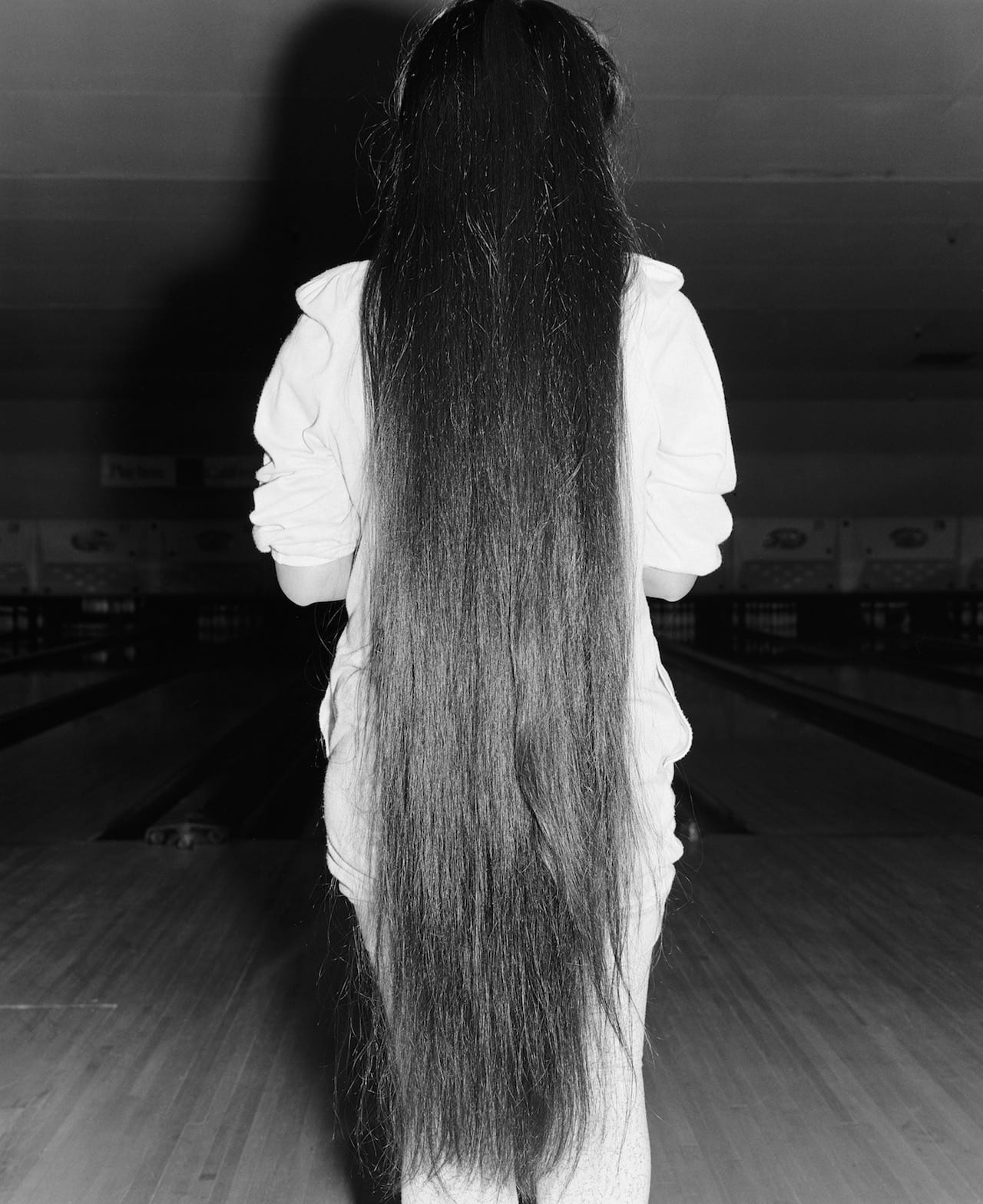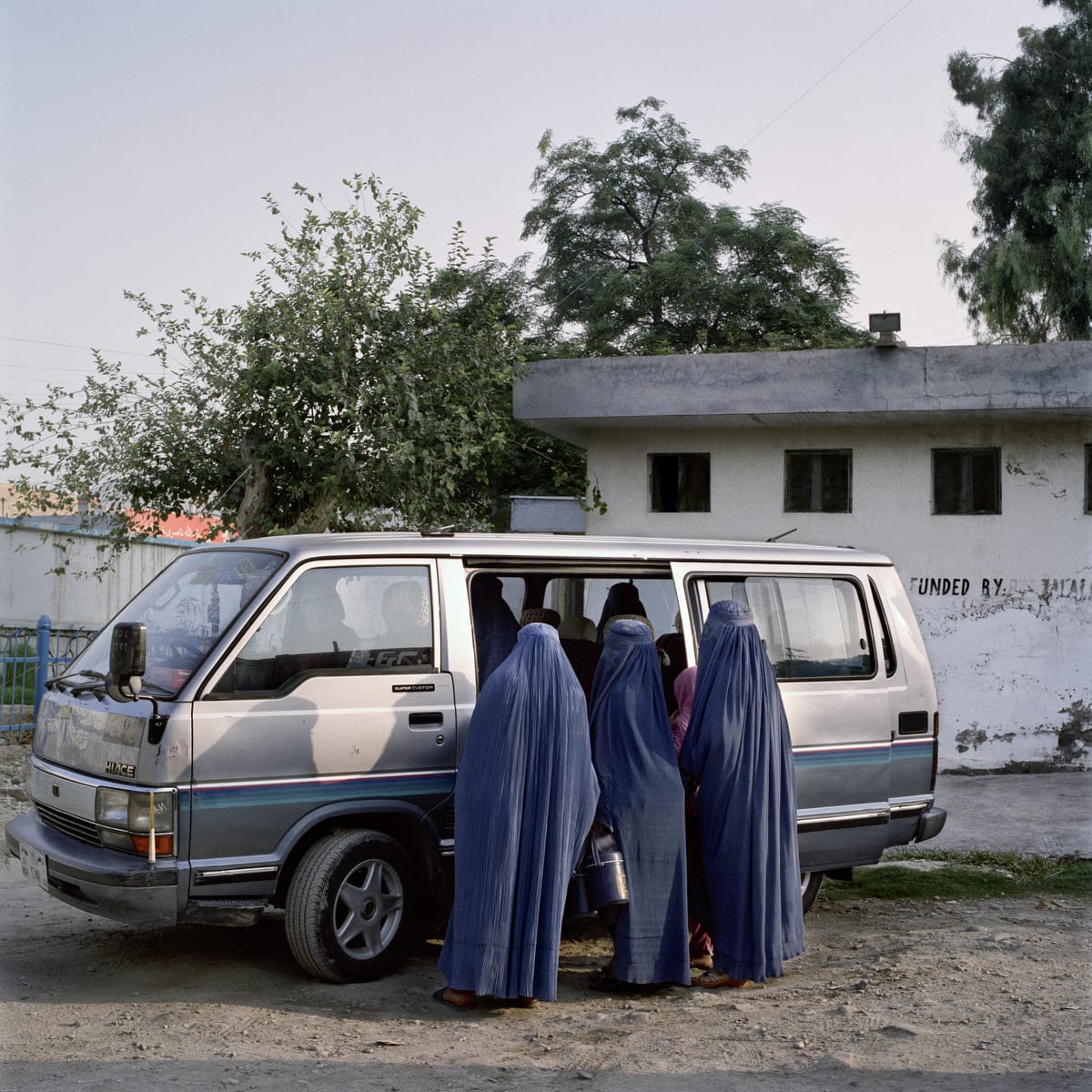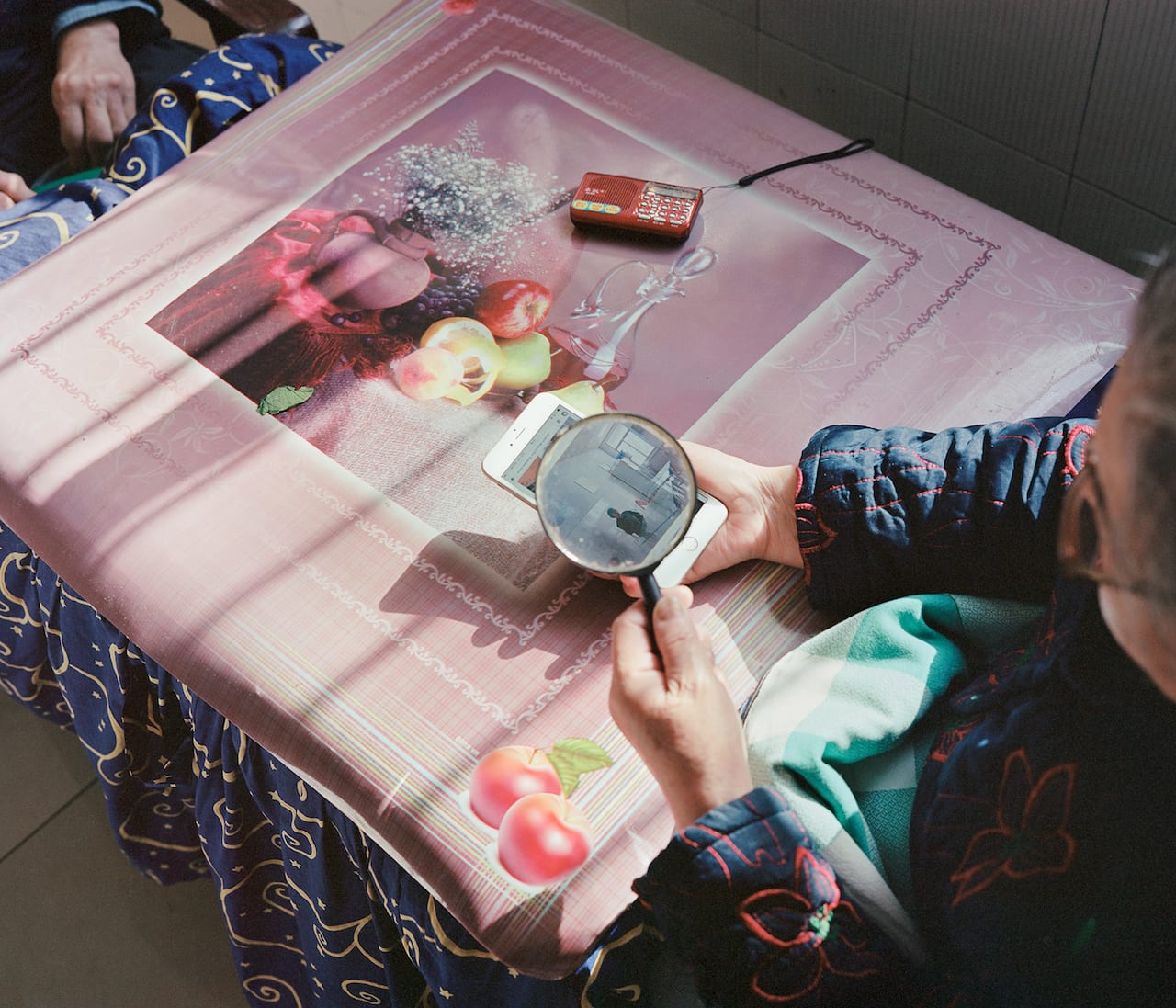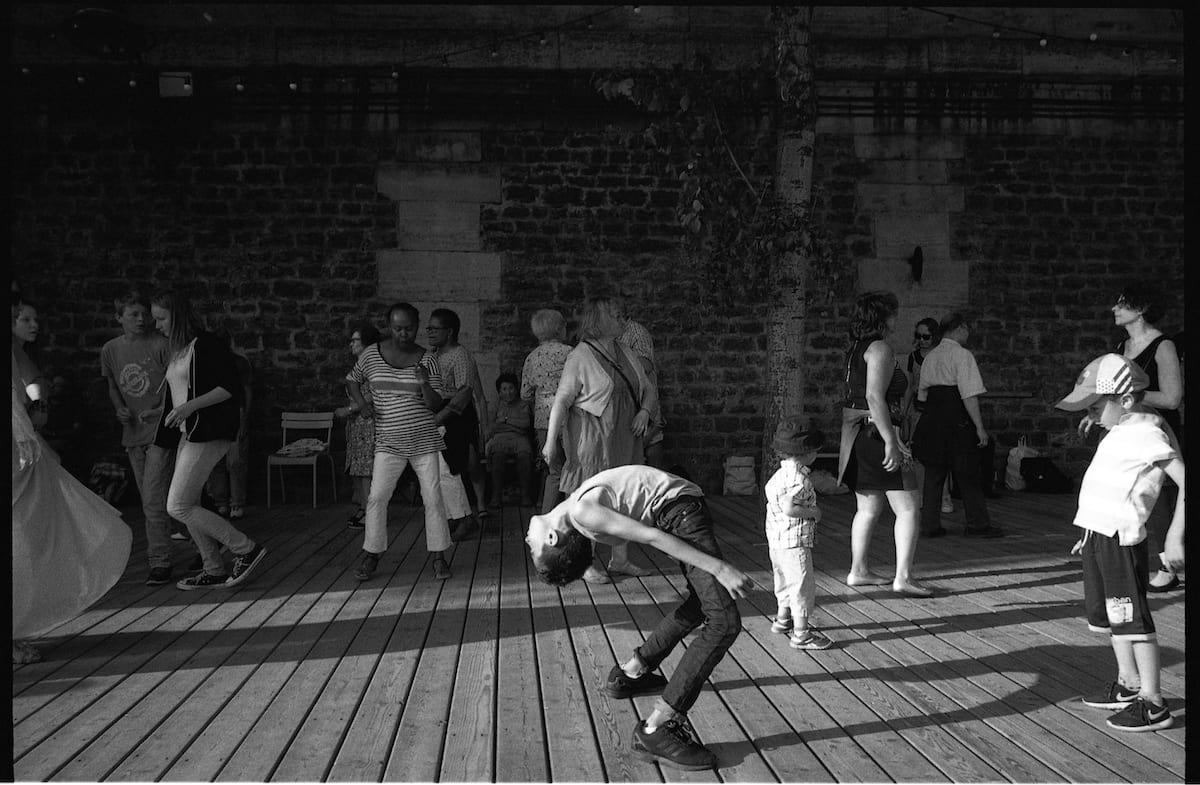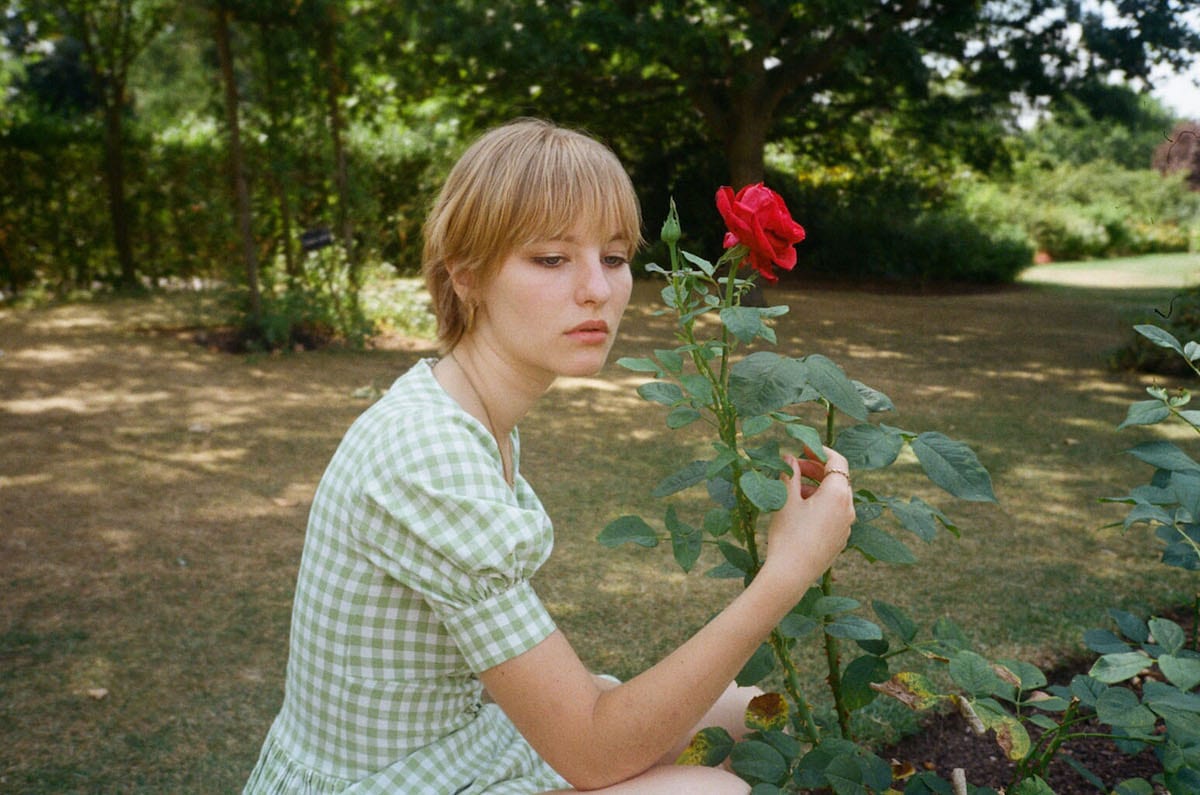Last year, after 10 years of creating hundreds of images for a project about her relationship, Pixy Liao decided it was finally time to create a book. “I’m not a very productive photographer, so I always felt like I didn’t have enough images” she says, “but ten years felt like the right time”.
As a woman brought up in China, Liao always thought she would end up with an older man who would look after her and protect her. But while studying for an MFA in photography in Memphis, Tennessee, she met Moro, a Japanese musician five years her junior. Being with Moro challenged her own views on how a man or woman should behave in a heterosexual relationship, and so she began to explore this through photography with a project titled Experimental Relationship.

